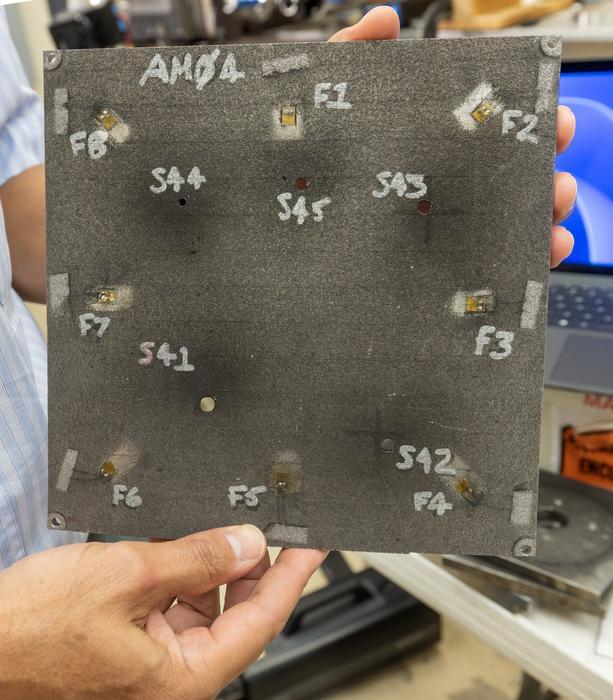New research shows that the brain organizes hand movements using a kind of “action alphabet” stored in the supramarginal gyrus.


Researchers at UNIST have developed an innovative AI technology capable of reconstructing highly detailed three-dimensional (3D) models of companion animals from a single photograph, enabling realistic animations. This breakthrough allows users to experience lifelike digital avatars of their companion animals in virtual reality (VR), augmented reality (AR), and metaverse environments.
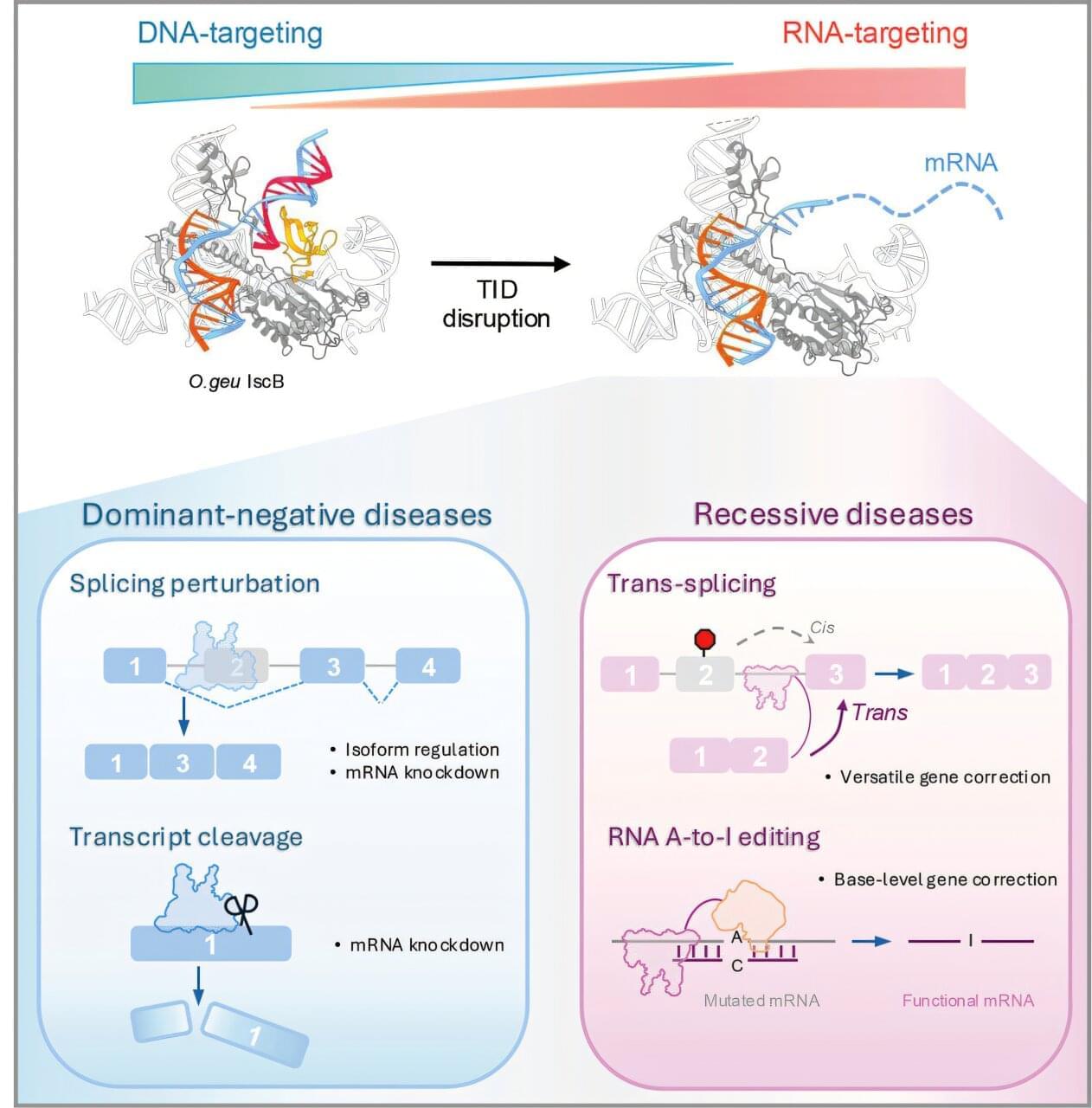
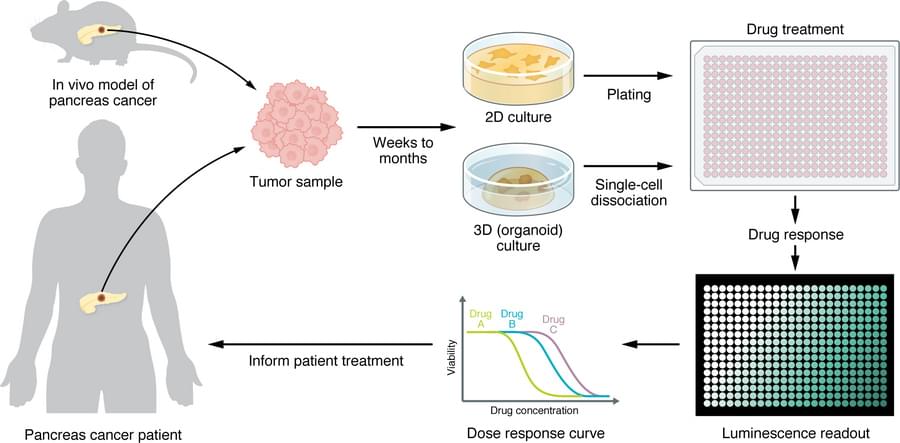
As part of JCI’s ongoing review series on pancreatic cancer Vasiliki Pantazopoulou et al. discuss nuances of experimental models and the use of patient-derived systems for improving outcomes.
1Salk Institute for Biological Studies, San Diego, California, USA.
2Department of Clinical Science, Intervention and Technology, Karolinska Institute, Stockholm, Sweden.
3Department of Surgery, Division of Surgical Oncology, Moores Cancer Center, UCSD, San Diego, California, USA.

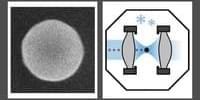
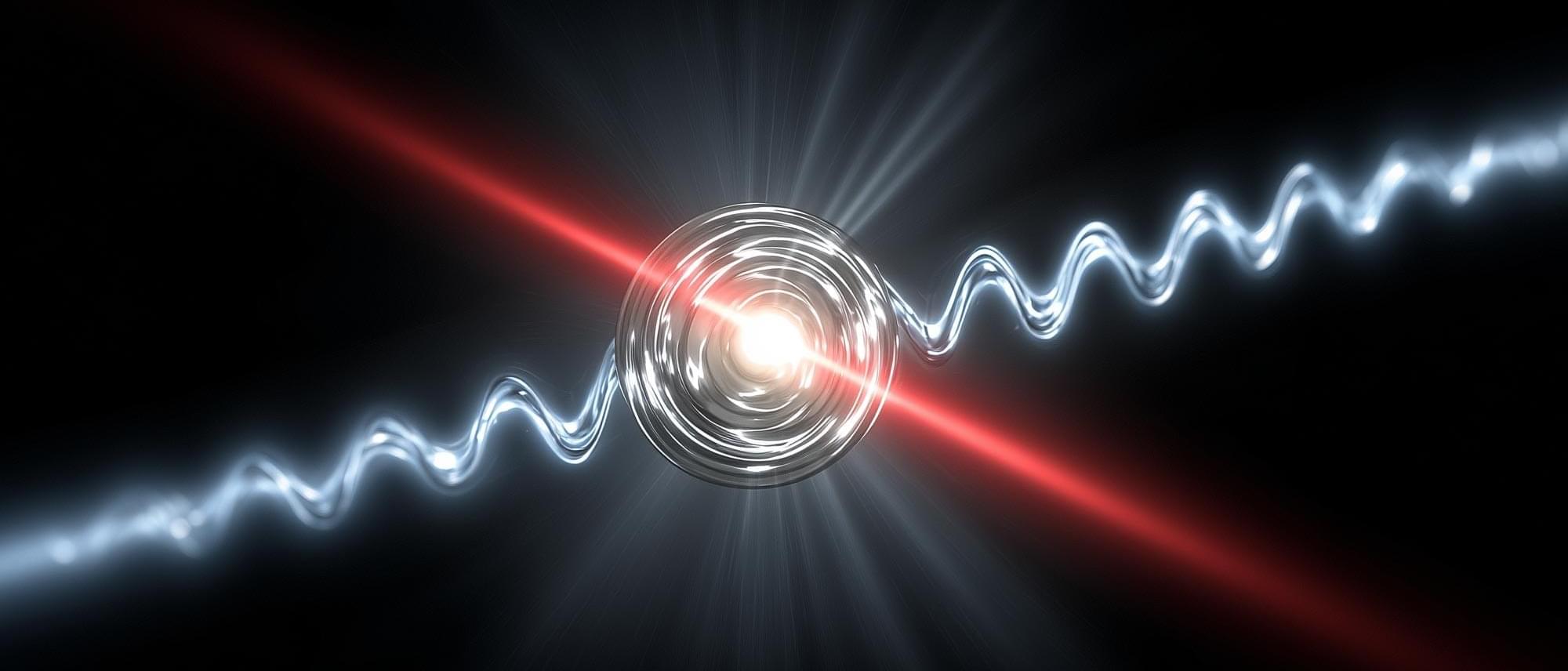

Adding geopolitical intrigue, it’s looking more and more like NASA’s helpless flailing could position China to beat the United States in the race to return to the Moon.
China’s lunar exploration program has made massive leaps in recent years, most recently successfully testing its “Lanyue” lunar lander at a facility outside of Beijing. It was a “key step in the development of China’s manned lunar exploration program” and the “first time that China has carried out a test of extraterrestrial landing and takeoff capabilities of a manned spacecraft,” according to a statement by the China Aerospace Science and Technology Corporation (CASC.)
The goal is to land the first Chinese astronauts on the Moon “before 2030” — a clear shot across the bow, considering NASA is currently hoping to launch its first crewed landing attempt, Artemis 3, no earlier than mid-2027.
